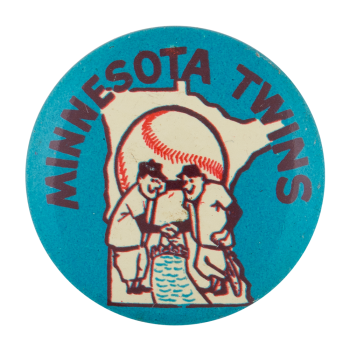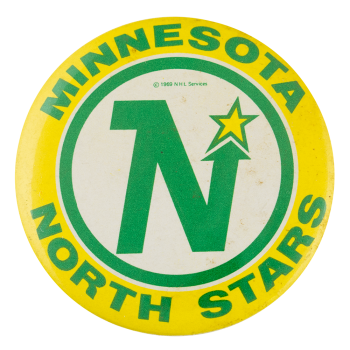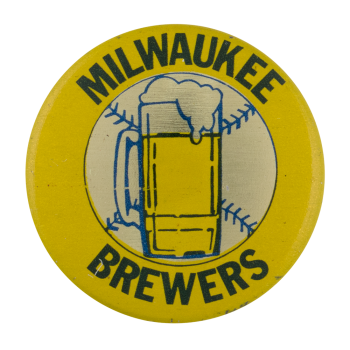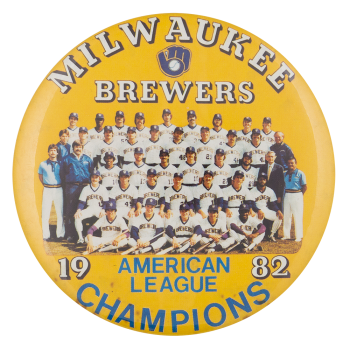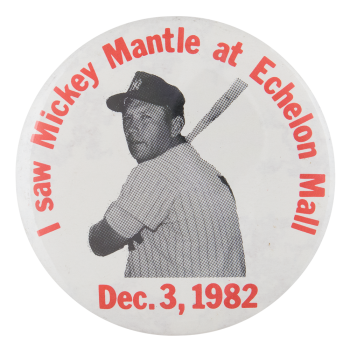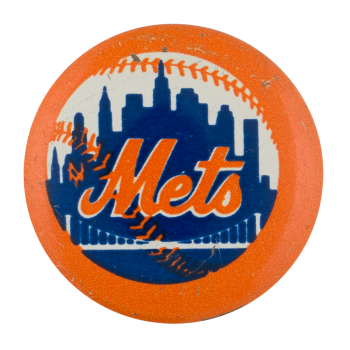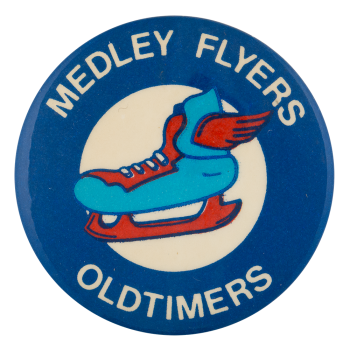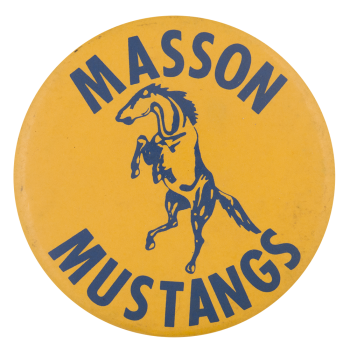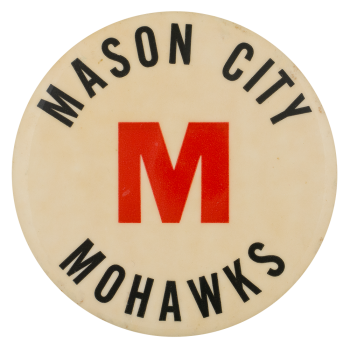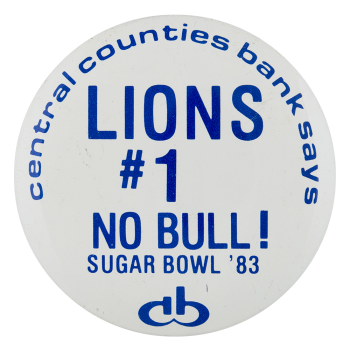Minnesota Twins
| Category | |
|---|---|
| Additional Images | |
| Sub Categories | |
| Text on Button | MINNESOTA TWINS |
| Image Description | Button has dark red text on blue background, as well as an illustration of two men shaking hands over water, superimposed over a baseball and a state outline. |
| Curl Text | ADV. PREMIUM SALES - ST. LOUIS, MO |
| Back Style | |
| The Shape | |
| The Size | |
| Year / Decade Made | |
| Additional Information | The Minnesota Twins are a team in Major League Baseball's American League Central Division. The franchise began as the Washington Senators in 1901 and was one of the eight original American League teams. Prior to the 1961 season, the club was moved to Minnesota and renamed the Twins after the Twin Cities of Minneapolis and St. Paul. This logo honors both cities by depicting one man in a Minneapolis Millers uniform and one in a St. Paul Saints uniform shaking hands across the Mississippi River. The Twins joined the AL West Division in 1969 and moved to the AL Central in 1994. The club has won four AL West titles, six AL Central titles, and six AL championships. The Twins have also won three World Series titles, the most recent in 1991. Twins players inducted into the Baseball Hall of Fame include Bert Blyleven, Harmon Killebrew, Rod Carew, and Kirby Puckett. |
| Catalog ID | SP0087 |

